George Mason University faculty interested in pursuing a novel research project in conjunction with colleagues at one of nine other 4-VA schools in Virginia are encouraged to respond to the annual 4-VA@Mason Collaborative Research Grants (CRG) calls for proposals. These grants, of up to $20,000, are designed to facilitate and support alliances which leverage the strengths of each partner university to improve efficiencies in research and higher education, reduce working in silos, and provide hands-on experiential learning opportunities for students. The grants were created to encourage the development of baseline projects in the sciences and humanities and to help secure future funding to extend the work.
Other Virginia higher education institutions participating in the 4-VA CRG program are Christopher Newport University, the College of William and Mary, James Madison University, Old Dominion University, Radford University, the University of Virginia, Virginia Commonwealth University, Virginia Military Institute and Virginia Tech. In some cases, additional funding is available to co-PIs at the partner schools.
“Together, we support a broad range of initiatives with resources to develop programs and pedagogies that advance educational design and research,” explains 4-VA@Mason Campus Coordinator and Vice Provost, Academic Affairs Janette Kenner Muir. “Through the hundreds of 4-VA Collaborative Research Grants awarded throughout the state, 4-VA has truly made a difference for faculty, students, and citizens statewide and beyond.”
The application link for proposals is found here; with more information posted on the 4-VA@Mason grants page, including information on associated policies and procedures, as well as examples of successful proposals. Applications will be accepted through February 13, 2026, with awarded grant funding available July 1, 2026.
Questions?
Contact Elizabeth Gillooly, 4-VA@Mason Faculty and Community Outreach Coordinator


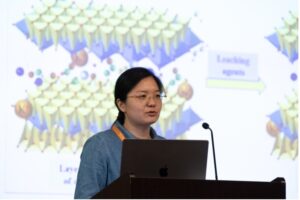


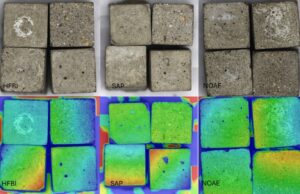




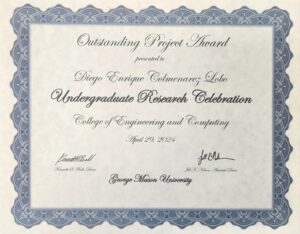

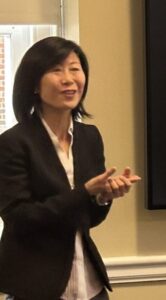

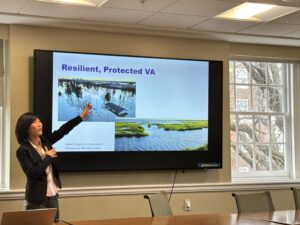



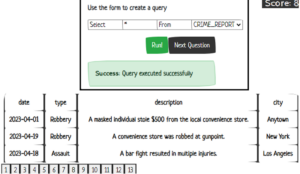
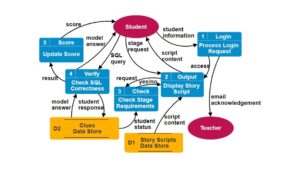

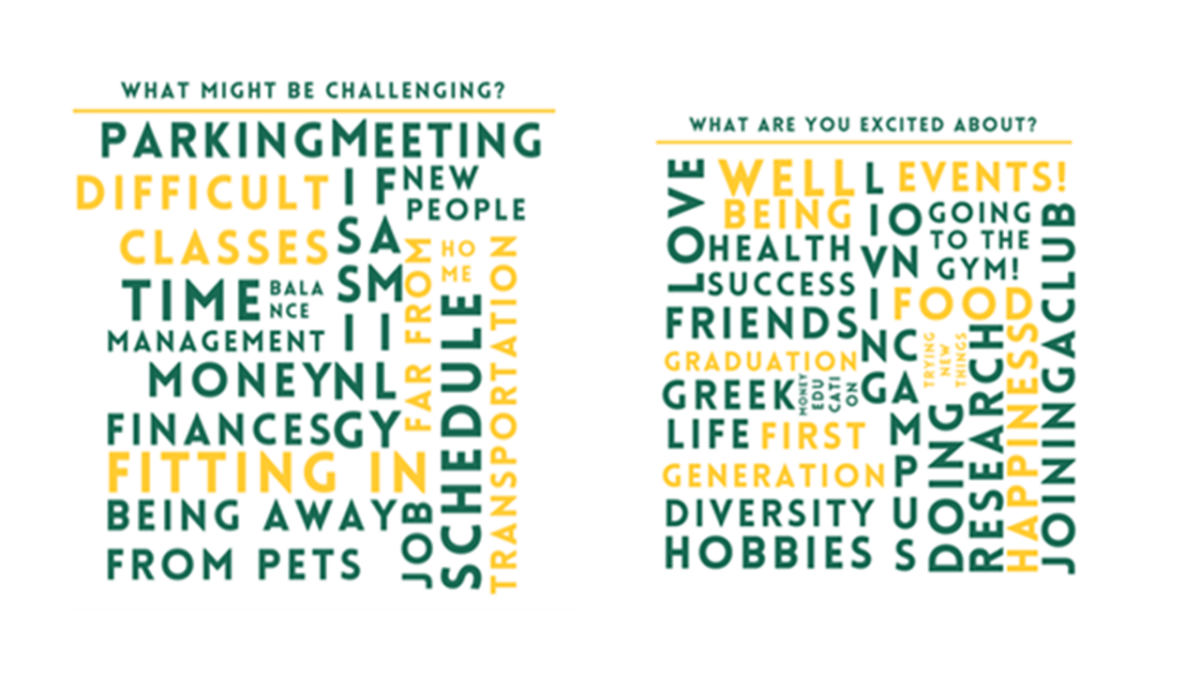
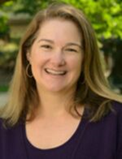 The concept is being led by Kelly Schrum, a professor in Mason’s Higher Education Program in the College of Humanities and Social Sciences. Schrum has brought together a group of faculty members, undergraduate, and graduate students to put the plan into action. In addition, representatives from ADVANCE, the Office of Undergraduate Admissions, and the First-Gen+ Center will also play a role in the project.
The concept is being led by Kelly Schrum, a professor in Mason’s Higher Education Program in the College of Humanities and Social Sciences. Schrum has brought together a group of faculty members, undergraduate, and graduate students to put the plan into action. In addition, representatives from ADVANCE, the Office of Undergraduate Admissions, and the First-Gen+ Center will also play a role in the project.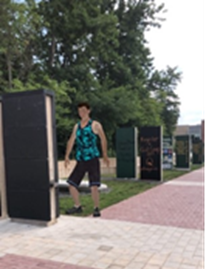 welcomes them to Mason. Students will see a virtual panel where they will find questions and answers from current students and be invited to add their voice to the conversation. Encouraging words from the First Gen+ Center will appear on the screen, such as “You are the first, but you won’t be the last.”
welcomes them to Mason. Students will see a virtual panel where they will find questions and answers from current students and be invited to add their voice to the conversation. Encouraging words from the First Gen+ Center will appear on the screen, such as “You are the first, but you won’t be the last.”